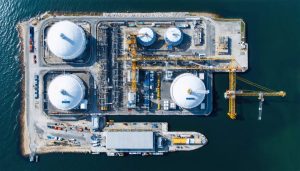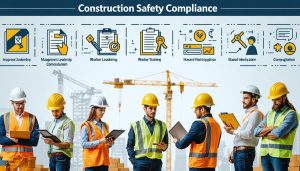
Revolutionary Construction Tech That’s Reshaping Industry Standards
The construction industry stands at the forefront of technological revolution, where digital innovations are reshaping traditional building practices and dramatically improving project outcomes. From artificial intelligence-powered project management systems to drone-based site surveillance, modern construction technology has evolved far beyond basic automation. Leading construction firms now leverage Building Information Modeling (BIM), Internet of Things (IoT) sensors, and augmented reality to achieve unprecedented levels of efficiency, safety, and quality control.
These advanced technologies have become essential tools in meeting…









